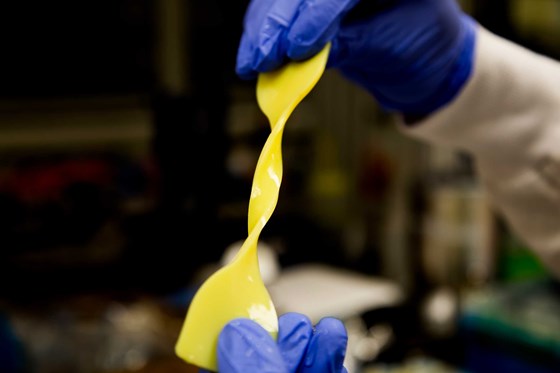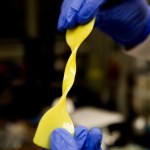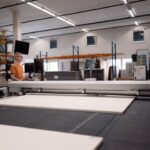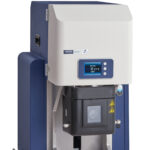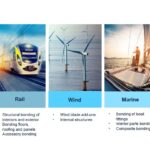The new Kevlar-based hydrogel recreates the magic of cartilage by combining a network of tough nanofibres from Kevlar – the “aramid” fibres best known for making bulletproof vests – with a material commonly used in hydrogel cartilage replacements, called polyvinyl alcohol, or PVA. In natural cartilage, the network of proteins and other biomolecules gets its strength by resisting the flow of water among its chambers. fte pressure from the water re- configures the network, enabling it to deform without breaking. Water is released in the process, and the network recovers by absorbing water later.
ftis mechanism enables high-im- pact joints, such as knees to stand uo to punishing forces. Running repeatedly pounds the cartilage between the bones, forcing water out and making the cartilage more pliable as a result. ften, when the runner rests, the cartilage absorbs water so that it provides strong resistance to compression again.
fte synthetic cartilage boasts the same mechanism, releasing water under stress and later recovering by absorbing water like a sponge. fte aramid nanofibres build the framework of the material, while the PVA traps water inside the network when the material is exposed tostretching or compression. Even versions of the material that were 92% water were comparable in strength to cartilage, with the 70% version achieving the resilience of rubber.
As the aramid nanofibres and PVA do not harm adjacent cells, Kotov anticipates that this synthetic cartilage may be a suitable implant for some situations, such as the deeper parts of the knee. He also wonders whether chondrocytes might be able to take up residence inside the synthetic network to produce a hybrid cartilage.
But potential applications are not limited to cartilage. Similar net- works, with different proportions of aramid nanofibres, PVA and water, may be able to stand in for other soft tissues.
